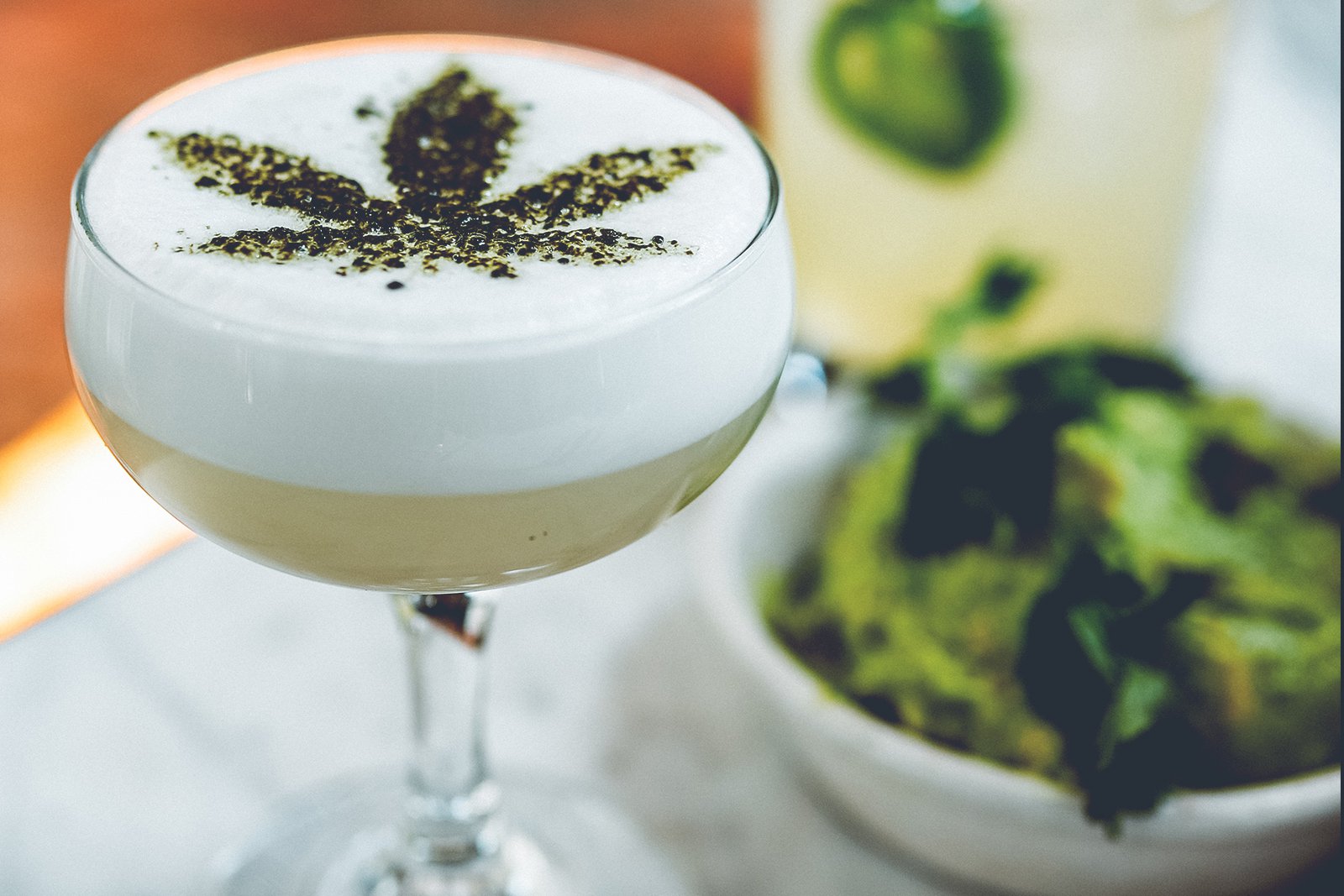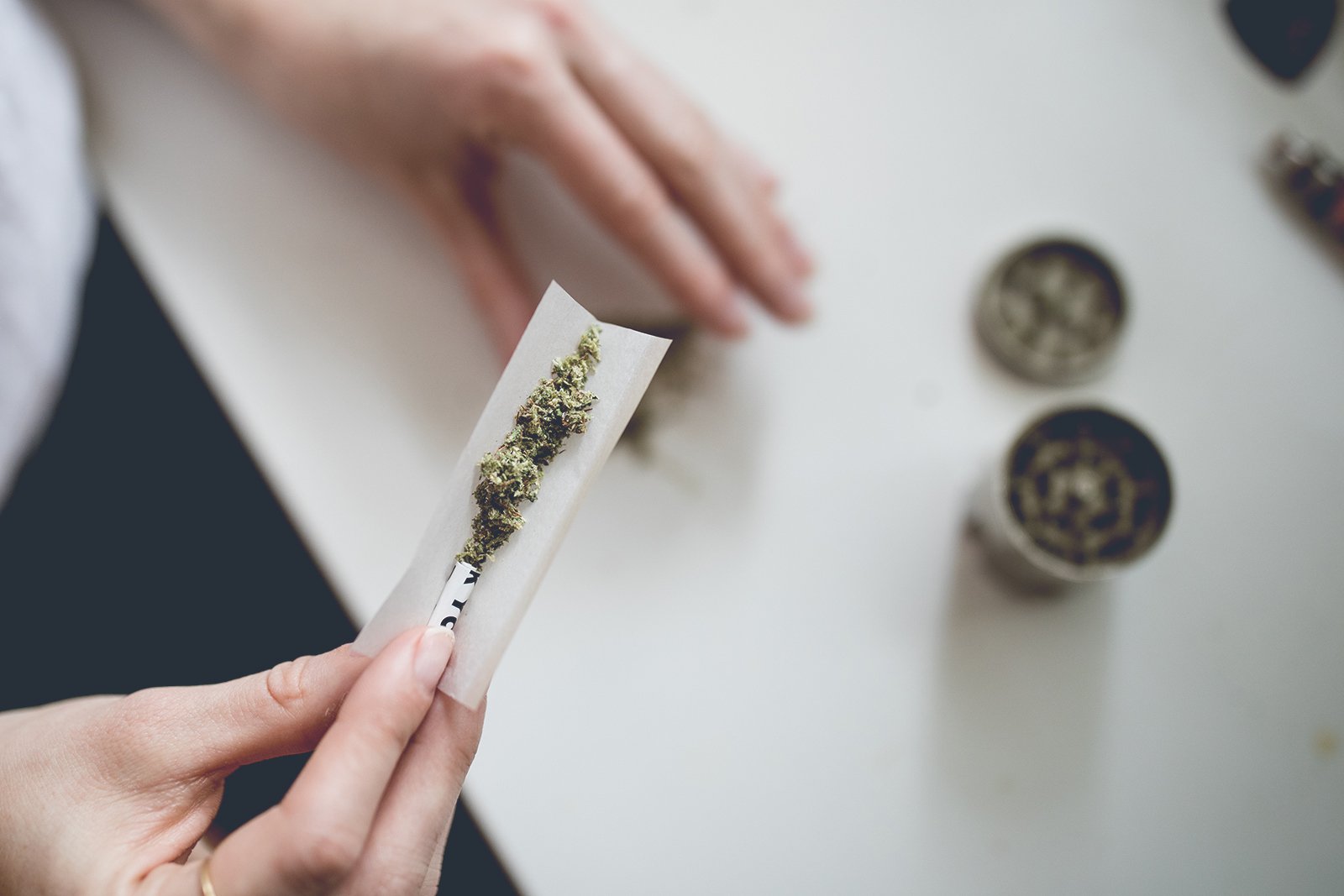
- Cannabis
-
by
Cannabis cuisine — food infused with marijuana or its compounds — has been growing in popularity over the past decade, both for recreational and medical purposes. But beyond novelty, a number of scientific studies suggest that there can be real benefits to consuming marijuana in edible form (versus smoking or vaping). In this article, we’ll explore what research has found so far, how adding marijuana to food works in the body, potential benefits, caveats, and what remains speculative.
How “Marijuana in Food” Works
To understand potential benefits, it helps to know how ingesting cannabis differs from inhaling it.
-
Metabolism & delayed onset
When you eat marijuana (e.g. a cannabis-infused brownie or gummy), the cannabinoids (THC, CBD, and others) pass through your digestive system and are processed by the liver before entering circulation. This means effects take longer to appear (often 30 minutes to 2 hours), but may last much longer (4 to 12 hours or more). EatingWell+2PMC+2 -
First-pass effect
In the liver, THC may be converted into a metabolite (11-hydroxy-THC) that can be more potent (for some users). This influences both potency and duration. PMC+1 -
No smoke inhalation
One of the clear advantages is that you bypass the lungs—and the risks associated with inhaling combusted plant material (tar, particulates, irritation). PMC+2Wiley Online Library+2
Because of how it’s processed, edible cannabis offers a slower release and longer window of action. That’s a key reason why researchers are interested in its advantages in medical settings. Harvard Health+2Wiley Online Library+2
What Science Says: Potential Benefits of Marijuana in Food
The following are some of the promising positive effects that have been observed—or hypothesized—by scientists and clinicians. Note: many of these are still being actively researched, and effects can vary by dose, individual, and cannabinoid formulation.
1. Pain Relief / Chronic Pain Management
One of the most consistently cited benefits of medical cannabis is pain relief. NCBI+2Wiley Online Library+2
-
Some patients report substituting cannabis for opioids, reducing their opioid dose or avoiding prescription painkillers altogether. NCBI
-
Edible cannabis can provide sustained analgesic effects over a longer stretch of time (due to slow absorption), which may be advantageous for chronic pain conditions. Harvard Health+2Wiley Online Library+2
2. Reduced Anxiety, Mood Support & Stress Relief
Cannabinoids—especially CBD—are under investigation for their potential anxiolytic (anxiety-reducing) and mood-stabilizing properties.
-
Some clinical and preclinical studies show CBD may reduce anxiety, improve sleep (by calming the nervous system), and help with stress. Harvard Health+2Harvard Health+2
-
In infused food form, a gentle, sustained release might support mood more steadily than rapid ingestion methods (for some users).
3. Anti-Inflammatory & Neuroprotective Effects
Cannabinoids exert effects on the body’s endocannabinoid and immune systems, modulating inflammation and cell signaling.
-
Studies suggest cannabis-infused foods may help with inflammatory conditions—arthritis, fibromyalgia, autoimmune flare-ups. Wiley Online Library+2Leafwell+2
-
Some research also points to neuroprotective (nerve-protecting) roles, which might matter in degenerative brain conditions. Wiley Online Library+1
4. Support for Digestive / Gut Health
Because ingestion is via the gut, cannabis in food may more directly influence gut function, motility, and microbiome interactions.
-
There is early evidence that cannabinoids can regulate gut motility (the movement of food through the intestines) and reduce gut inflammation. Wiley Online Library+2PMC+2
-
For disorders like irritable bowel syndrome (IBS) or Crohn’s disease, food-based cannabinoids may offer a targeted route (though evidence is still preliminary). Leafwell+1
5. Longer-Acting Relief & Dosing Advantages
One of the often-cited advantages of edible formulations is their prolonged duration, which can be beneficial in therapeutic contexts.
-
A well-timed edible can last for many hours, reducing the need for frequent dosing. Harvard Health+2PMC+2
-
This steady effect can smooth out “peaks and valleys” in symptom control for chronic conditions.
6. Potential in Supportive Oncology & Palliative Care
While caution is needed, there is interest in cannabis (including edibles) to help manage side effects of cancer and its treatments.
-
Some studies suggest edibles may help with nausea, appetite stimulation, and pain relief in chemotherapy patients. PMC+2Wiley Online Library+2
-
Because edibles avoid pulmonary strain, they may be safer for patients with compromised lung health than smoked cannabis. PMC
7. Lower Respiratory Risk (Compared with Smoking)
By ingesting rather than inhaling, users avoid the respiratory hazards of smoke (irritants, carcinogens, particulates).
-
Research notes that edible cannabis “does not seem to affect pulmonary function or increase cancer risk” compared to inhaled forms. PMC
-
This is a major appeal for patients who want cannabis benefits but want to avoid lung exposure. PMC+1
Caveats, Risks & What We Don’t Yet Know
It’s critical to maintain balance: many of these benefits are promising, not proven. Edible cannabis also comes with risks, which scientists continue to study.
-
Unpredictable dosing and delay effects
Because absorption is slower, people may overconsume (taking more before earlier dose kicks in) and end up with stronger-than-intended effects. JAMA Network+2PMC+2 -
Adverse effects
Edibles can cause confusion, dizziness, nausea, paranoia, cardiovascular stress (especially at high doses) and other side effects. Wiley Online Library+3JAMA Network+3Medical News Today+3 -
Cardiovascular risks
A recent study found associations between edible THC and decreased vascular function, raising concerns about cardiovascular impact. Home+2FOX 10 Phoenix+2 -
Mental health, development & dependency
Chronic THC use (especially at high doses or during adolescence) has been linked to risks of psychosis, cognitive impairment, and dependence. NCBI+3PMC+3Northwestern Medicine+3 -
Variability in product composition
The strength, purity, and cannabinoid ratios vary widely across edible products—making controlled study and consistent effects difficult. JAMA Network+2Medical News Today+2 -
Regulation & lack of long-term data
Many jurisdictions still lack rigorous regulation of edible cannabis, and long-term human trials remain limited. JAMA Network+2Wiley Online Library+2
Because of these uncertainties, medical and regulatory bodies urge caution and further research before making definitive health claims.
How to Use Marijuana in Food Safely (If Legal & Medically Justified)
If you’re in a place where cannabis edibles are legal, and you’re using them under medical supervision or personal risk awareness, here are best practices:
-
Start with very low dose
Often 2.5–5 mg THC (or even less) is recommended for beginners. Wait the full 2 hours before repeating. -
Choose tested, regulated products
Look for lab-tested edible products with clear labeling of cannabinoid content and absence of contaminants. -
Avoid mixing with alcohol or sedatives
The interactions can amplify side effects. -
Be patient and keep a journal
Document dose, timing, effects, side effects, and adjust carefully. -
Stay hydrated and have some food
Some edible effects are more tolerable when you have eaten. -
Store away from children / pets
Edibles often resemble candy or baked goods; accidental ingestion is a serious hazard. -
Consult a medical professional
Especially if you have cardiovascular, psychiatric, or hepatic conditions, or take other medications (which may interact).
Conclusion & Future Directions
The science around adding marijuana to food is in a state of dynamic growth. Early studies and anecdotal reports suggest it can offer real benefits—especially for pain, inflammation, mood, and gut health—while mitigating respiratory damage by avoiding smoke. Yet many questions remain: optimal dosing, long-term safety, cardiovascular implications, and individual variability.
In coming years, we’ll likely see more human clinical trials, better edible formulations, and deeper understanding of how different cannabinoids (THC, CBD, CBG, etc.) and plant compounds (terpenes) interact in food settings (the so-called entourage effect). Wikipedia+2Wiley Online Library+2
If you’re considering exploring cannabis cuisine, proceed with caution, rely on regulated sources, and stay informed. Let me know if you’d like help drafting a version of this for your audience (e.g. medical users, cannabis-curious consumers, or regulatory-safe version).
Would you like a shorter “consumer-friendly” version of this, or one targeted to a specific audience (e.g. patients, chefs, regulators)?


